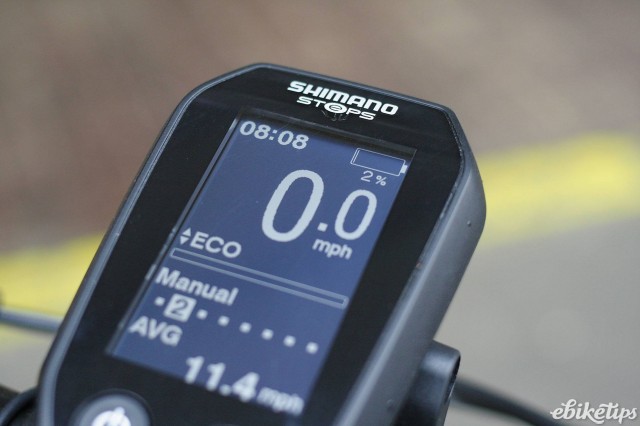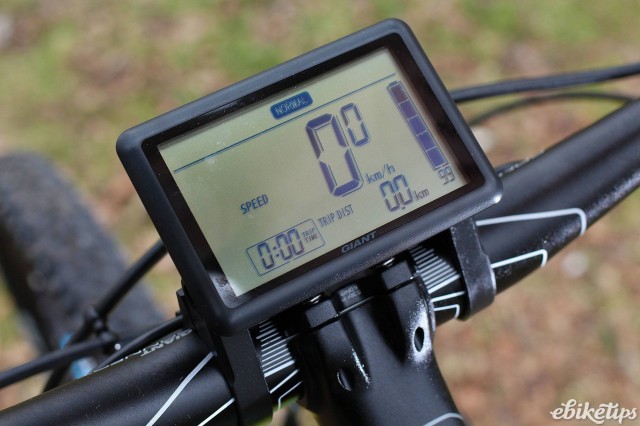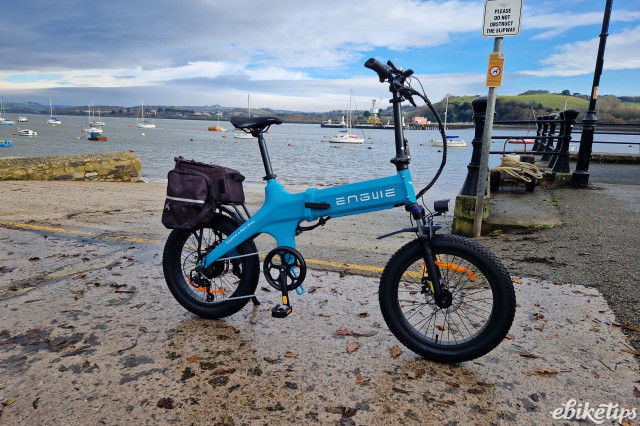Running out of juice in the middle of nowhere is probably high on everyone's list of things they'd rather not happen when out on their e-bike. At least it's not like running out of petrol: you still have a usable (albeit heavy) bike to get you home, but it's unlikely to be much fun. Here are our top tips for making sure there's enough oomph to get you to where you're going.
Be realistic about range
There's all sorts of e-bikes out there, with different motors and batteries. Whatever e-bike you have, it probably has a manufacturer's stated range.
Do not believe this number.
It's not that it's untrue exactly, just that the range the manufacturers claim is always going to be a best-case scenario. If they say your bike can do 100km it probably can: on pan-flat terrain, in the lowest assist mode, with a 50kg rider, in warm, calm weather.
If you experience hills, or cold, or you're a normal build, all these things will impact on the range of your bike. So if you unbox it and immediately head out for a 100km epic based on the manufacturer's claim, chances are you'll roll up quite a long way short.
> Buying an e-bike: a beginner's guide to electric bikes
The best way to get a good feel for the true range of your bike is to try a range of different riding on it and see how long the battery lasts. That way you'll get a good understanding of how far the power is likely to go, and you can tailor any longer rides to fit.
Keep it topped up
So obvious that it almost doesn't need saying: whenever your bike is where your charger is, get the battery on charge. it may be that you can normally go a week without plugging the bike in, but if you suddenly find yourself needing to do a longer journey and you haven't stuck any charge in all week, you may not have enough juice. Better to be safe than sorry.
Take it easy
The lower assistance modes on your bike will naturally mean that you can go further on one charge. You probably won't be able to go as fast, though, especially if it's hilly. If you accept that and plan for a bit of extra time for a ride then you can extend your range considerably. Try and gravitate towards the lowest mode wherever possible. You can even turn the assistance off if you're rolling along on the flat, or downhill. Save the higher power modes for when you really need them.
Carry your charger (or buy a spare)
If you chuck your charger in your bag before you go then you can ride more or less indefinitely. Most cafes won't mind you plugging in for a top-up while you tuck into your coffee and cake, and chargers aren't particularly heavy.
Alternatively, if you mostly use your e-bike to get from one place to another (home to work is the obvious case) then you could get another charger and have one at both ends so you're always ready to charge your bike if you need to.
Pick a flatter route
Nothing sucks the life out of an e-bike battery like having to grunt up a huge hill. Invariably you'll have to go up an assistance mode or two as well, which only drains more power. If there's a choice of a shorter, hillier route and a longer, flatter one you'll often find that the flatter route uses less power, even though it's further.
What if I do run out of juice?
Well, the first and probably simplest option is simply to ride to your destination under your own steam. Assuming that it's not too far and you don't live at the top of a massive hill it probably won't be too onerous. You might surprise yourself!
If that's not really possible then you'll need to consider your options. Can you ride to a station? Is there somewhere you can lock up your bike and pick it up later? Will your bike fit in a taxi? Is there anyone who could pick you up? E-bikes are generally quite big and heavy, so if you can remove the battery and take it with you to charge, then head back to the bike later, that will likely save a lot of puffing and panting (and dismantling) to fit the bike into a car.
Why don't more e-bikes have regenerative braking?
In theory it's a great idea for e-bikes to charge the battery when they're coasting downhill: you get some free energy back to extend your range. In practice though, it's much less clear cut. Regenerative systems are only really feasible when your motor is in the wheel, and they require a different design of motor that's generally heavier. Even then you're only really likely to extend your range by a few kilometres. Generally speaking, the negatives outweigh the positives, which is why most e-bikes don't bother.








